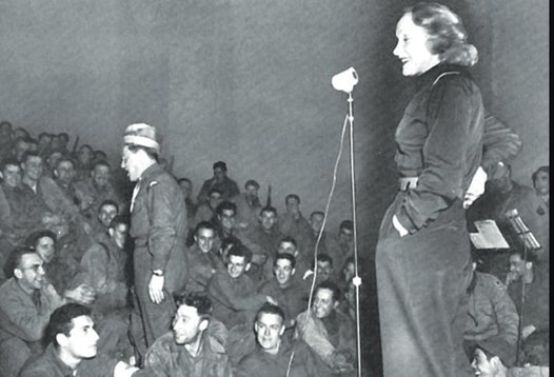Tricky constellations
Propaganda tool, instrument of occupation or resistance? A book sheds light on the roles and effects of music during the two world wars.

Traditional musicology might be alarmed by the fact that more and more publications from the field of cultural studies are crowding the market. Music as an occupying power. On the history of music and emotions in the age of world wars is not devoted to work structures or to individual composers in the tried and tested biographical manner. Instead, the book combines essays on music in concentration camps, on French denazification efforts after 1945 and on the terrible activities of the Berlin Philharmonic Orchestra in the period before that. Such heterogeneous topics certainly do not make for easy reading. The danger of becoming frayed is then exacerbated by the "emotional" effect of sounds, which is already hinted at in the subtitle and in which cultural studies is obviously particularly interested. According to philosopher Martha Nussbaum, it is undisputed that "music has a deep connection to our emotional lives". But at the same time, she admits: "But the nature of this relationship is difficult to describe."
The musical and emotional consequences are not calculable for philosophers, rulers or occupiers. Neither the National Socialists nor the French, who tried to stabilize Germany with the help of music even after 1918, had a specific music-aesthetic or music-political strategy. Stephanie Kleiner looks at the French occupation of the Rhineland following the First World War. On the one hand, performances of Richard Wagner's Rheingold articulated an offensive appropriation of the Rhine as the French border. On the other hand, it was clear to the French occupiers that a long-term stabilization of the area could only succeed through a cultural rapprochement between the occupiers and the occupied, in other words: only through a feeling for the sensitivities of the locals. An overly offensive appropriation (or even elimination) of German culture could ultimately have led to a partisan struggle.
All the essays, divided into the three chapters "Music as an instrument of occupation", "Threatened music - threat music" and "Musical responses to war and occupation", shed light on an important topic in the history of mentalities. Certainly, in some cases a stronger focus on the issues would have been useful. For example, the separation of the "popular" and "elitist" spheres was largely ignored. A laudable exception is Michael Walter's text Lili Marleen. Germanic hegemony or spoils of war? The song was broadcast on various German military radio stations. Lili Marleen was broadcast with great impact in Belgrade and above all in North Africa during the war. It met with a broad response, as it also filled the "erotic void" of German soldiers at the front. As the song also met with a great response from the Americans and British, Walter concludes that soldiering could obviously be more important than the national-political attitude. In any case Lili Marleen a musical multiple coding that is just as tricky for those in power and occupiers as it is for representatives of cultural studies.
Besatzungsmacht Musik. On the History of Music and Emotions in the Age of World Wars, edited by Sarah Zalfen and Sven Oliver Müller, 336 p., Euro 32.80, transcript Verlag, Bielefeld 2012








